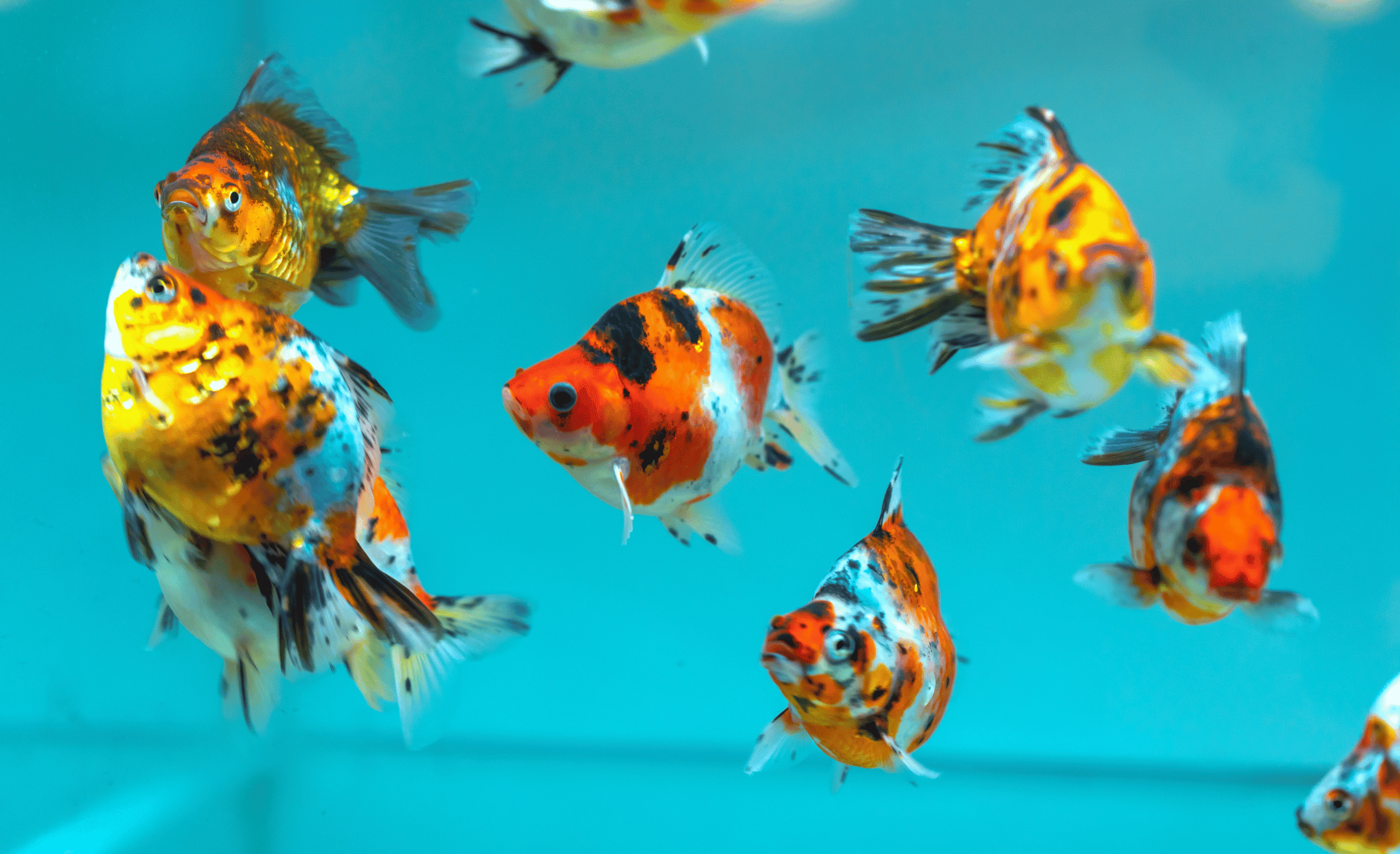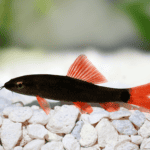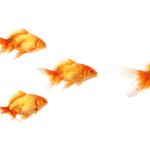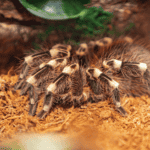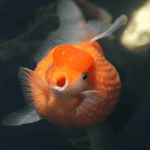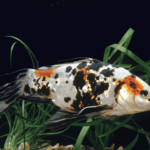In the world of pet enthusiasts, goldfish often take a backseat. Many are surprised to learn that these small creatures present a vast diversity of color. Goldfish, known scientifically as Carassius auratus, display a dazzling array of colors and patterns. This article explores the magical world of goldfish colors, uncovering the factors that influence these vivid hues and offering insight into color changes throughout a goldfish’s life.
The Basics of Goldfish Colors
Goldfish are renowned for their vibrant colors, which include shades of orange, yellow, red, white, black, and even blue. These colors aren’t random; they are determined by pigments in the goldfish’s skin cells, with three primary pigments at play: melanin (black/brown), carotenoids (red/yellow), and guanine (silver/white).
These pigments mix and match to produce various goldfish colorations. Below is a simplified table showcasing this fascinating interaction:
| Pigments | Color Produced |
|---|---|
| Melanin | Black/Brown |
| Carotenoids | Red/Yellow |
| Guanine | Silver/White |
| Melanin + Carotenoids | Orange |
| Melanin + Guanine | Gray |
| Carotenoids + Guanine | Pale Yellow |
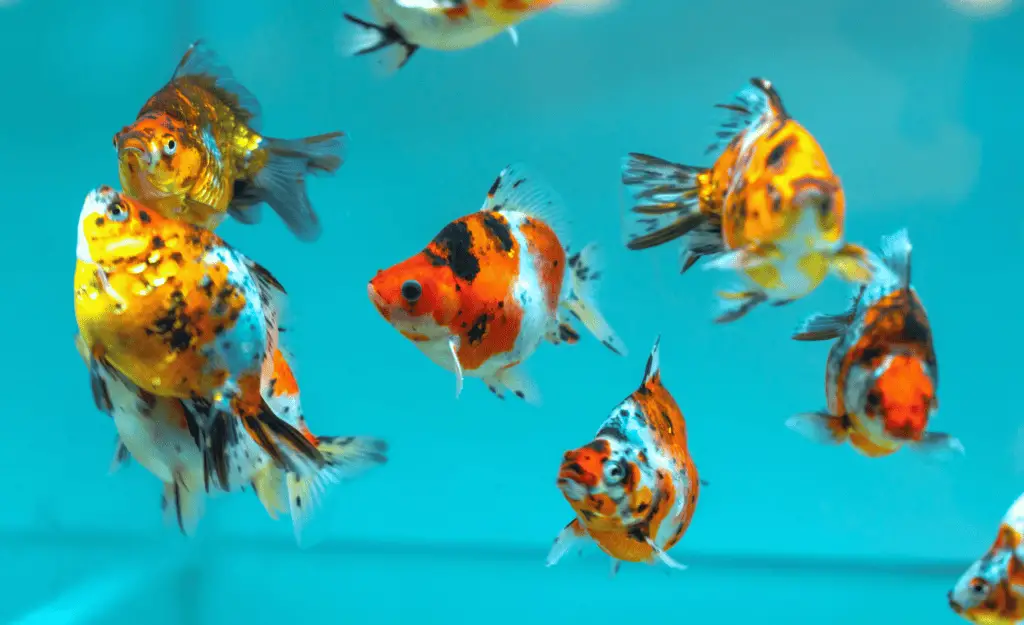
Factors Influencing Goldfish Colors
Several factors can influence the color of your goldfish. These include genetics, diet, exposure to light, and overall health.
Genetics is a significant influencer of goldfish coloration. Each goldfish carries a genetic blueprint that determines its potential color range. Breeders often select fish with desirable colors and breed them, aiming to replicate and enhance these traits in offspring.
Diet is another crucial factor. Goldfish can’t naturally produce the carotenoid pigments, which they obtain from their diet, specifically from foods rich in carotenes like spirulina, shrimp, and certain types of algae.
Light exposure also influences a goldfish’s color. Similar to humans, goldfish produce more melanin when exposed to sunlight, leading to darker shades. Conversely, lack of sunlight can result in paler, less vibrant colors.
Health status can affect color too. Healthy goldfish usually have vibrant colors, while sick or stressed fish may lose color, becoming pale or patchy.
Goldfish Color Changes: A Normal Occurrence
Goldfish undergo color changes throughout their life. It’s completely normal for a goldfish to change color, especially during their early stages of life.
Changes in color can also occur due to environmental factors like changes in temperature, lighting, diet, or water quality. For instance, if a goldfish is moved from a dark environment to a lighter one, it may become brighter in color.
However, sudden or extreme color changes can be a sign of health issues. If you notice abrupt changes in your goldfish’s color, it’s worth seeking advice from a vet or fish expert.
Rare and Unique Goldfish Colors
While the classic orange goldfish is widely known, there are unique and rarer colors that may surprise even seasoned aquarium enthusiasts. Here are a few examples:
- Black Moor: This breed is recognized by its velvet-like black color and large, bulging eyes. It’s one of the few goldfish breeds that maintain a black color throughout life.
- Blue: Blue goldfish are quite rare and prized among goldfish enthusiasts. They can range from deep blue to a light, silvery blue.
- Calico: Calico goldfish have a mix of colors, often featuring patches of red, yellow, black, and white.
The Art of Breeding for Color
One of the most fascinating aspects of goldfish coloration lies in the art of breeding. Breeders play a pivotal role in the proliferation of certain goldfish colors. Through selective breeding – the process of choosing specific goldfish for their color traits – breeders can amplify desirable colors in future generations.
Experienced breeders can even aim to create new, stunning color combinations. However, the art of breeding for color isn’t just about aesthetics; breeders also need to ensure the health and vitality of their fish, making this process a delicate balancing act of beauty and well-being.
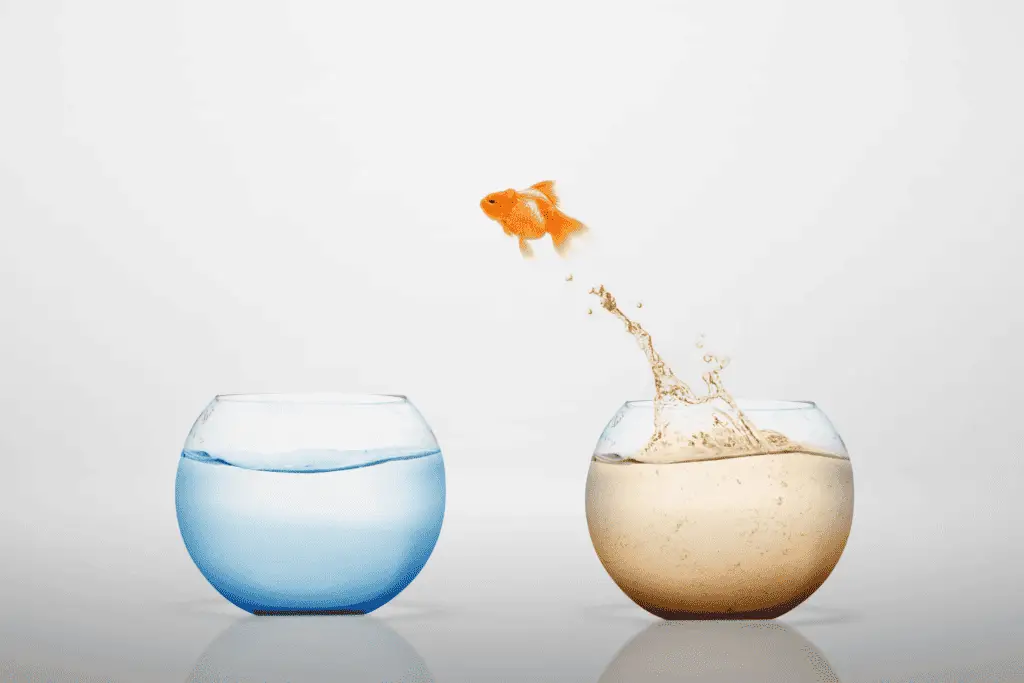
Do Goldfish Colors Fade with Age?
Much like our hair turns gray as we age, goldfish too can experience color changes as they grow older. While it’s normal for a goldfish to undergo color changes throughout its lifetime, one common occurrence is the loss of color intensity as the fish ages.
This phenomenon, also known as color fading, can be influenced by many factors. Some of these include the fish’s diet, exposure to light, and health status. However, it’s worth noting that not all goldfish lose their color vibrancy with age. Some breeds, like the Black Moor, retain their striking colors well into old age.
The Role of Environment in Color Expression
The environment in which a goldfish lives plays a critical role in color expression. Water quality, lighting, and temperature can all impact the fish’s color.
For example, goldfish kept in clean, well-filtered water tend to exhibit brighter and more vibrant colors. Meanwhile, those kept in dirty or poorly filtered water often show muted colors.
Lighting is equally important. Too little light can lead to paler fish, while exposure to natural sunlight can enhance color vibrancy.
Lastly, temperature affects goldfish coloration indirectly. Goldfish are cold-water fish, and a too-warm environment can stress them, leading to color loss.
Goldfish Colors and Symbolism
In some cultures, particularly in East Asia, goldfish colors carry deep symbolic meanings. Goldfish have long been revered in Chinese culture, where they are seen as symbols of good luck and prosperity.
The color of a goldfish also has symbolic value. For example, red goldfish are associated with energy, vitality, and good luck. Black goldfish symbolize protection against negative energy, while blue goldfish represent tranquility and calmness. Gold-colored goldfish, the classic color we often imagine when we think of this species, are seen as a symbol of wealth and prosperity.
Understanding these symbolic meanings adds a layer of depth to our appreciation of these colorful creatures, reminding us that they are not just pets, but also carry cultural and symbolic significance.
Color Variations: Beyond the Single-Colored Goldfish
Most people imagine a goldfish as a monochromatic creature, but goldfish can exhibit multiple colors at the same time. Multicolored goldfish are prized for their unique patterns, with their colors distributed in patches, spots, or stripes.
Examples include the Shubunkin, with its calico pattern of red, black, and blue on a silver or white background, and the Ryukin, a breed known for its humpback and striking mix of colors. These multi-colored variations showcase the impressive diversity within the world of goldfish colors.
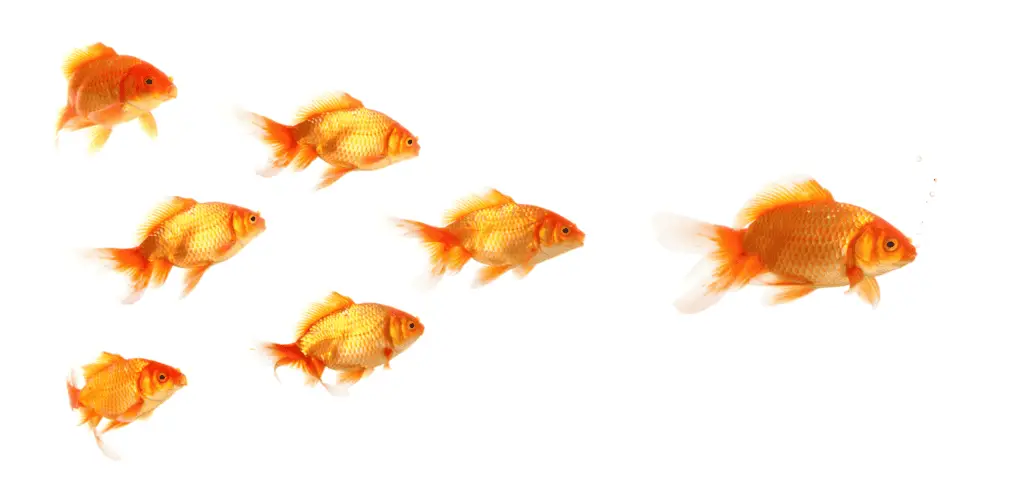
Conclusion
Goldfish, often seen as common and simple pets, conceal an array of colors that surpasses the regular orange hue we’re used to seeing. From the interplay of pigments to the influence of external factors, goldfish coloration is a fascinating topic that offers a peek into the marvels of the aquatic world. With unique and rare colors like the velvet-like black of the Black Moor and the prized blue, goldfish truly exemplify the diversity of nature’s palette.
While changes in color are part of a goldfish’s natural life cycle, sudden shifts can be indicative of health issues and should not be ignored. Understanding your goldfish’s colors is more than appreciating its visual appeal; it’s also about keeping tabs on its health and overall wellbeing.
So next time you gaze at your goldfish, take a moment to appreciate the complex and remarkable biology that gives it its vibrant colors. Your pet’s hues, after all, are a testament to nature’s incredible paintbrush.
Frequently Asked Questions
1. What colors can goldfish be?
Goldfish can be a variety of colors, including orange, yellow, red, white, black, and blue. These colors are determined by pigments in their skin cells.
2. What factors influence a goldfish’s color?
Several factors can influence a goldfish’s color, including genetics, diet, exposure to light, and overall health status.
3. Is it normal for a goldfish to change color?
Yes, it’s normal for goldfish to undergo color changes throughout their life, especially during their early stages. These changes can also be influenced by factors such as changes in temperature, lighting, diet, or water quality.
4. What are some rare and unique goldfish colors?
Some unique goldfish colors include the velvet-like black of the Black Moor breed, the rare and highly prized blue color, and the multicolored Calico goldfish.
5. How does breeding affect goldfish colors?
Breeders can influence goldfish colors through selective breeding. They choose specific goldfish for their color traits and breed them to enhance these traits in future generations.
6. Do goldfish colors fade with age?
While it’s normal for a goldfish to undergo color changes throughout its lifetime, some goldfish may experience a loss of color intensity as they age. However, not all goldfish lose their color vibrancy with age.
7. How does the environment affect a goldfish’s color?
The environment, including water quality, lighting, and temperature, can significantly impact a goldfish’s color. Clean, well-filtered water and adequate light exposure typically result in brighter and more vibrant colors.
8. What is the symbolism of goldfish colors?
In some cultures, particularly in East Asia, goldfish colors carry deep symbolic meanings. For instance, red goldfish are associated with good luck and vitality, black goldfish symbolize protection, blue goldfish represent tranquility, and gold-colored goldfish are a symbol of wealth and prosperity.
9. Can a goldfish have more than one color?
Yes, goldfish can exhibit multiple colors at the same time. These multicolored goldfish often have unique patterns, with colors distributed in patches, spots, or stripes.
